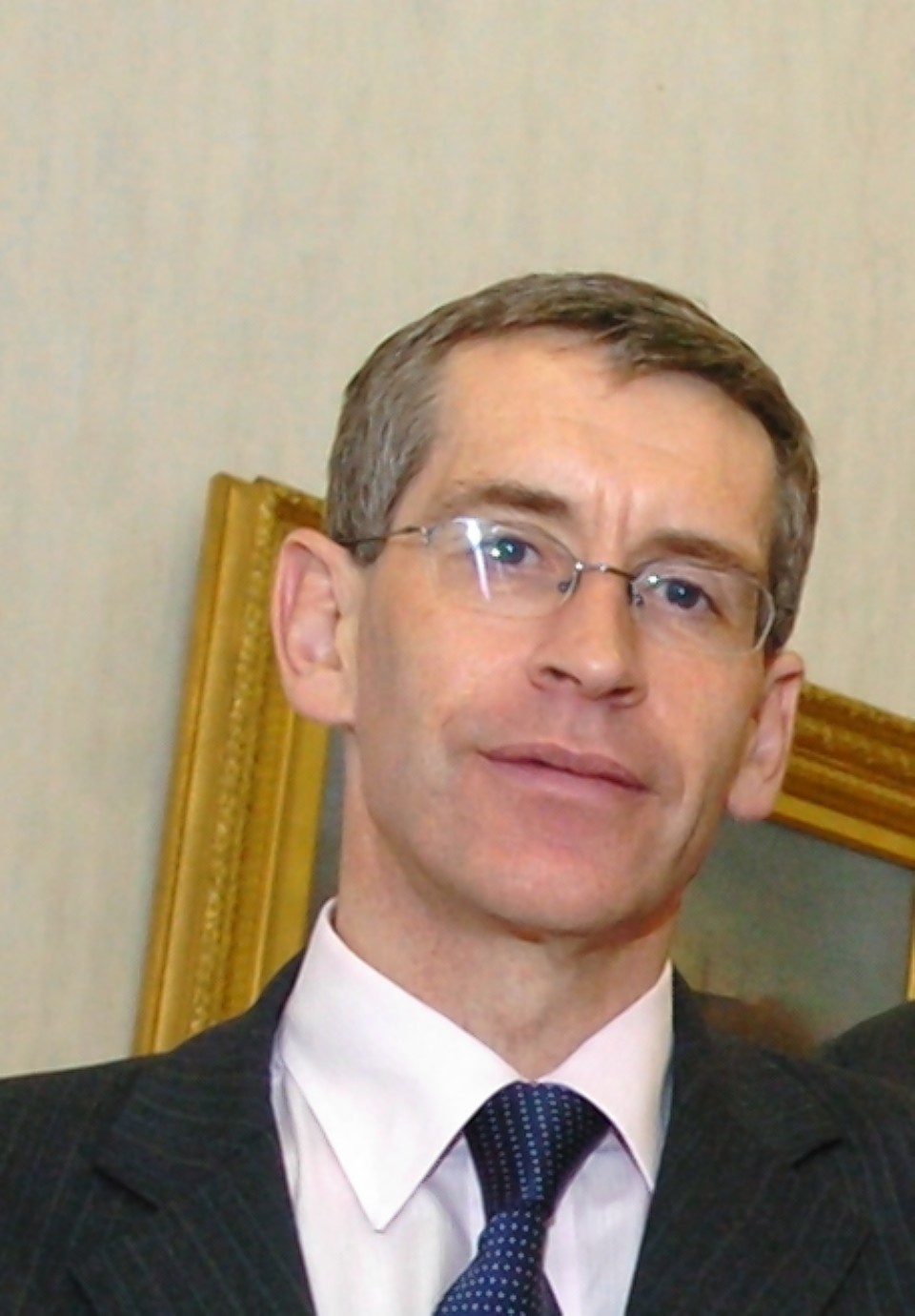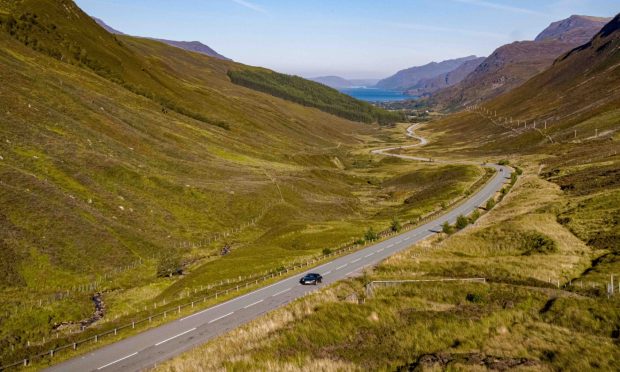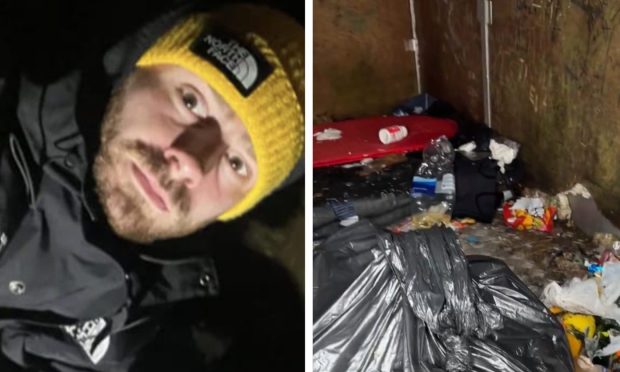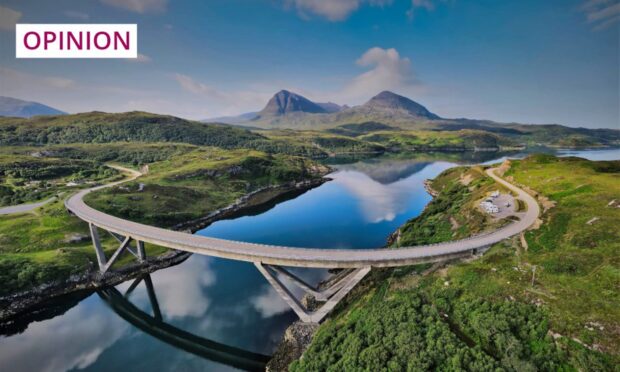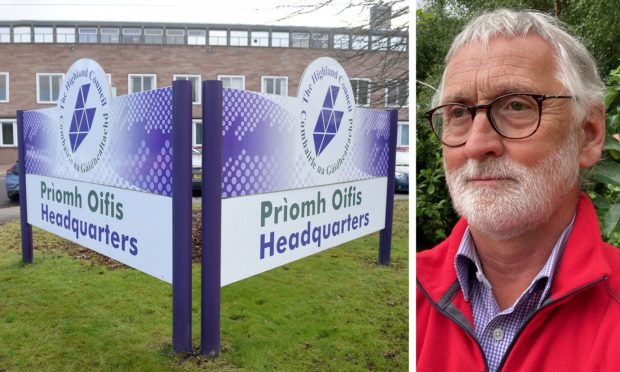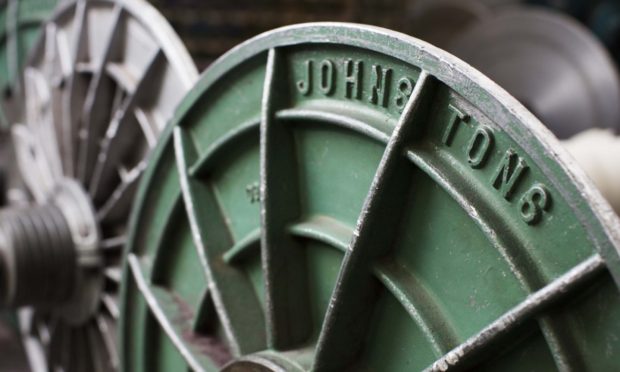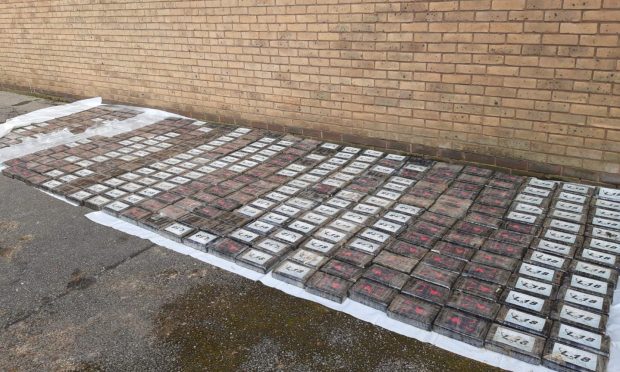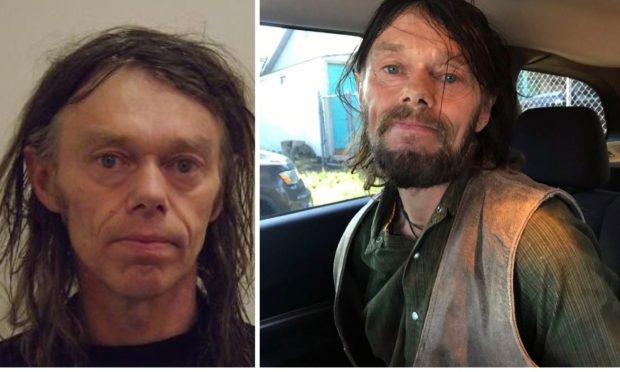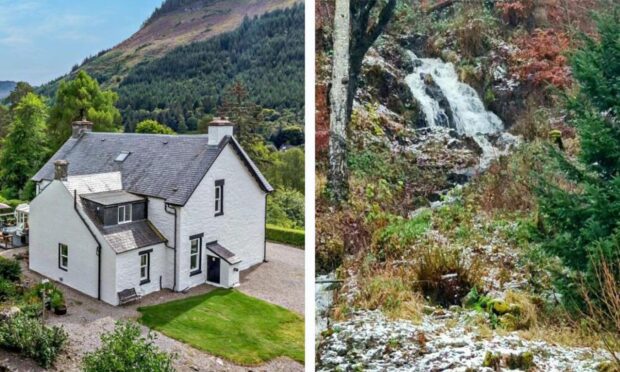A new independent commission on the future of democracy in the Highlands has been officially unveiled as the council prepares for a “perfect storm” of change.
Rory Mair, the former chief executive of national council body Cosla, will chair the 16 strong panel who will gather evidence from “every corner” of the region.
He promised yesterday that the priorities of Highland communities would be reflected in a series of recommendations to shake up local democracy next year.
Council leader Margaret Davidson insisted the process would not provide a framework for the next round of spending cuts at the local authority.
But she admitted that the budget squeeze would mean that the council would continue to “shrink”, and the commission would ask residents what they believed the council should be “concentrating on”.
The commission will issue a call for evidence in the coming weeks, before producing a draft report around Christmas and final recommendations by May next year.
As well as Mr Mair, the panel will feature six councillors – Mrs Davidson, council convener Isobel McCallum, Richard Laird, David Alston, Deirdre MacKay and Thomas MacLennan.
Other members include former MSP and council convener Peter Peacock, chief officer of the Highland Third Sector Interface Mhairi Wylie, Scottish Canals chairman Andrew, council youth convener Calum Maclennan, Sheila Fletcher of the Community Transport Association, director of UHI’s Centre for Remote and Rural Studies Philomena De Lima, Scottish Natural Heritage chairman Ian Ross, and Press and Journal north news editor Sarah Bruce.
Mr Mair, who recently stepped down from his Cosla role after 14 years and was also previously chief executive of Ross and Cromarty Council, urged communities to make their views known.
“Rather than just say that the council is rubbish and councillors don’t know what they’re doing, I’m going out to say ‘here’s your chance, the commissioners are going to take evidence of you, you tell us what it is you think about how the council operates’.
“The promise is at the end of that process we will genuinely reflect what people have told us, and if we can see clear evidence that there are things people want changed, I will be taking it back to the council and saying ‘look I think you can change this and I think you should change it’.”
The commission is expected to make recommendations on issues outwith its control, potentially including whether to break up Highland Council, but also in the way local services are run and the way communities are represented.
Mr Mair said: “We will look at how people are involved in the democratic process, and the other thing I think the commission wants to look at is whether there are services currently driven entirely by the council where the community could have a much greater input.
“That might mean in some parts of the Highlands that a service might actually be delivered by the community, or it may be that the influence of what the service is will be delivered by the community.
“For instance, it’s pretty clear that over the next five years the budget for things like grass cutting, basic services, is going to diminish.
“Could grass-cutting be done better in your village if you were the ones saying which bit of grass should get cut and how many times a year?”
Mrs Davidson said the process would be separate but compliment ongoing discussions about a council “redesign” and future spending cuts.
“I think it’s a huge opportunity,” she said.
“We’re now into a whole new era of community planning, we’ve got the community empowerment bill, so we’ve got a lot of things coming together and it really is, as the saying goes, a perfect storm.
“The commission will help us make sense of that and make sense of that for the Highland communities as well.
“Governments are always talking about empowering communities without being very clear about what it actually means, so let us ask them.”
